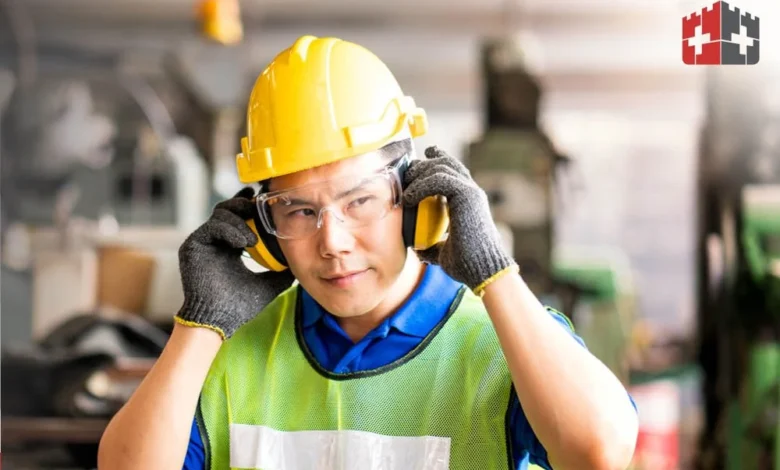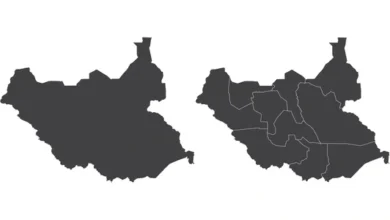Proactive Safety in NSW: Reinventing Noise Risk Assessment with Integrated Audiometric Testing

In Australia today, organizations in New South Wales (NSW) are integrating and innovating workplace safety by incorporating proactive noise risk assessments along with ongoing audiometric testing nsw. Unlike organizations that use periodic checks that offer outdated snapshots of data, these organizations have adopted a more sophisticated and continuous approach. This strategy improves predictive risk management, outcomes, and ensures that hearing health is an integral part of the safety culture.
Forward Thinking Organizations: The Move to Proactive Management
Some time ago, stripping away one-off or noise risk assessment measuring procedures left companies in NSW with a reactive, one-off ambient sound level measurement. Capturing sound level data during administrative noise audits just didn’t cut it. This was true for businesses operating in dynamic and evolving surroundings. Today, there are modern risk assessment technologies that incorporate real-time noise measurement sensors and IoT systems. These sensors continuously capture noise level data throughout the work day allowing for the observation of ever-changing patterns that could signal hazards.
Such active observation aids safety professionals in managing and monitoring changes as trends and deviations are noticed. Coupled with an active reversal strategy, this knowledge allows companies to take immediate action—shifting workflows or changing machine settings to lessen noise emissions prior to escalation into a health hazard. This is necessary in New South Wales (NSW) because many industrial sectors are economically active under rapidly evolving circumstances. This forward-looking model responds to and protects employee health while boosting operational agility.
Combining Audiometric Testing With Special Tailored Strategies in Hearing Conservation
The value of permanent noise surveillance lies in its precision, yet its full potential is reached when combined with integrated audiometric testing. Instead of viewing hearing examinations in the light of annual or ad-hoc activities, some forward-thinking organizations in NSW harness the power of real-time noise data to implement these assessments. This combination provides a tailored assessment of individual hearing health with regard to noise exposure over time.
With continuous monitoring of noise exposure alongside periodic audiometry evaluations, companies are able to identify shifts in hearing levels even before they become significant. Early detection is especially important in industries with high noise levels like construction, manufacturing, or mining, where even small alterations in hearing ability can signal greater underlying issues. Adjustments are made, including the enhancement of PPE and alteration of work protocols tailored to specific health data. This approach enables support for all workers to be systematically provided and complements a hearing conservation program that is preemptive and adaptable.
Leveraging Digital Tools for More Efficient Data Use
In New South Wales, the transformation brought about by technology has updated practices in managing risk. The new systems for assessing and measuring noise risks integrate with cloud-based dashboards, which now have the capability to combine real-time measurements of noise levels with results from audiometric tests. Such digital systems assist safety managers by offering graphical displays of the progression of various risks, including a comprehensive view of the workplace and individual hearing health status.
Advanced analytics and predictive modeling can help these systems predict potential risks before they occur. For example, if data indicates there are repeated noise surge spikes during specific shifts or in particular parts of a facility, risk managers can preemptively spend protective resource allocation. Such predictive capability allows NSW companies to make decisions that balance efficiency with safety and risks in the workplace, allowing for fluid and adaptable risk management in dynamic environments.
Encouraging Collective Responsibility Toward Enhancing Safety
The integration of noise risk assessments with periodically administered audiometric assessments at the workplace has brought one of the most profound changes to the Australian culture. In NSW, advanced digital technologies promote a proactive culture that enables complete collaboration through data sharing and transforms safety into a collective, continuous endeavor. Employees at every level have access to interactive dashboards, encouraging them to monitor personal exposure metrics and participate actively in protecting hearing loss.
This collaboratve culture gives employees the opportunity to raise issues, share novel concepts, and engage in active refinement of safety protocols. Fostered togetherness leads to a safer work environment and simultaneously creates shared responsibility on the overall work health. With the frontline workers, executive leadership, and everyone in between joins together actively managing organizational safety, they optimally increase their resiliency while being ever-ready to face new challenges.
Positioning for Future Success in NSW
In the face of evolving regulatory frameworks and new technological advancements, the capatilization of continuous noise risk assessments coupled with personalized audiometric testing provides a competitive edge for NSW businesses. By investing in these sophisticated systems now, companis will be able to navigate obstacles with ease in the times to come. Such compliance with regulatory frameworks applies strategic foresight that goes beyond traditional, approach-focused safety protocols to unlock greater operational excellence.
Australian enterprises with these modern strategies are not only proactively positioning themselves in the now, but also creating an agile, resilient framework for a constantly evolving business environment.
Conclusion
In New South Wales, the integration of continuous noise risk assessment with integrated audiometric testing is advancing occupational health and safety. The use of digital tools and sophisticated analysis enables Australian firms to automatically identify and address risks, customize hearing conservation programs, and nurture a culture of collaboration and safety. Thisapproach protects the well-being of personnel while also enabling companies to strategically compete in the current market, strengthening the adaptability, resilience, and sustainability of NSW workplaces.





